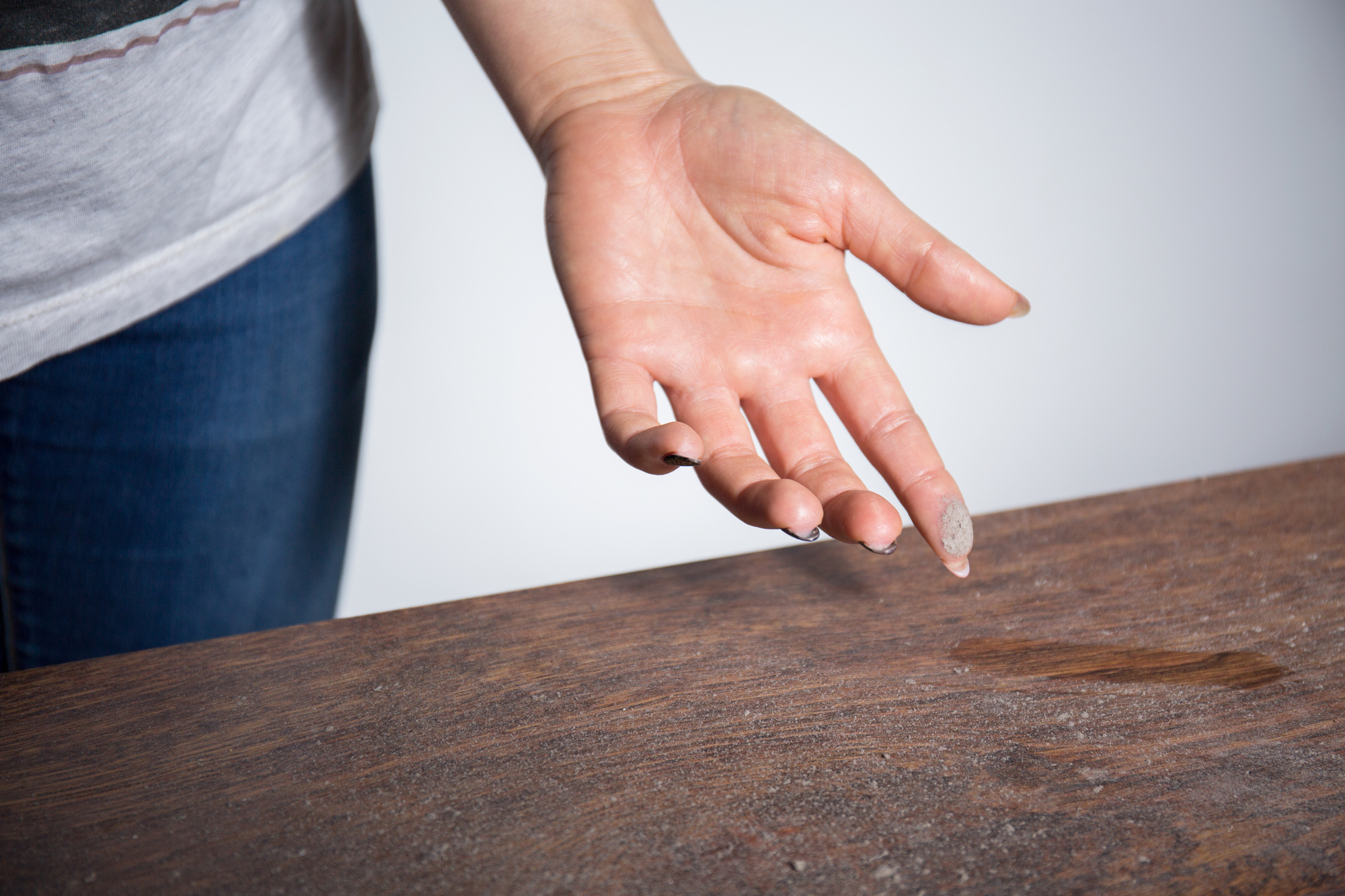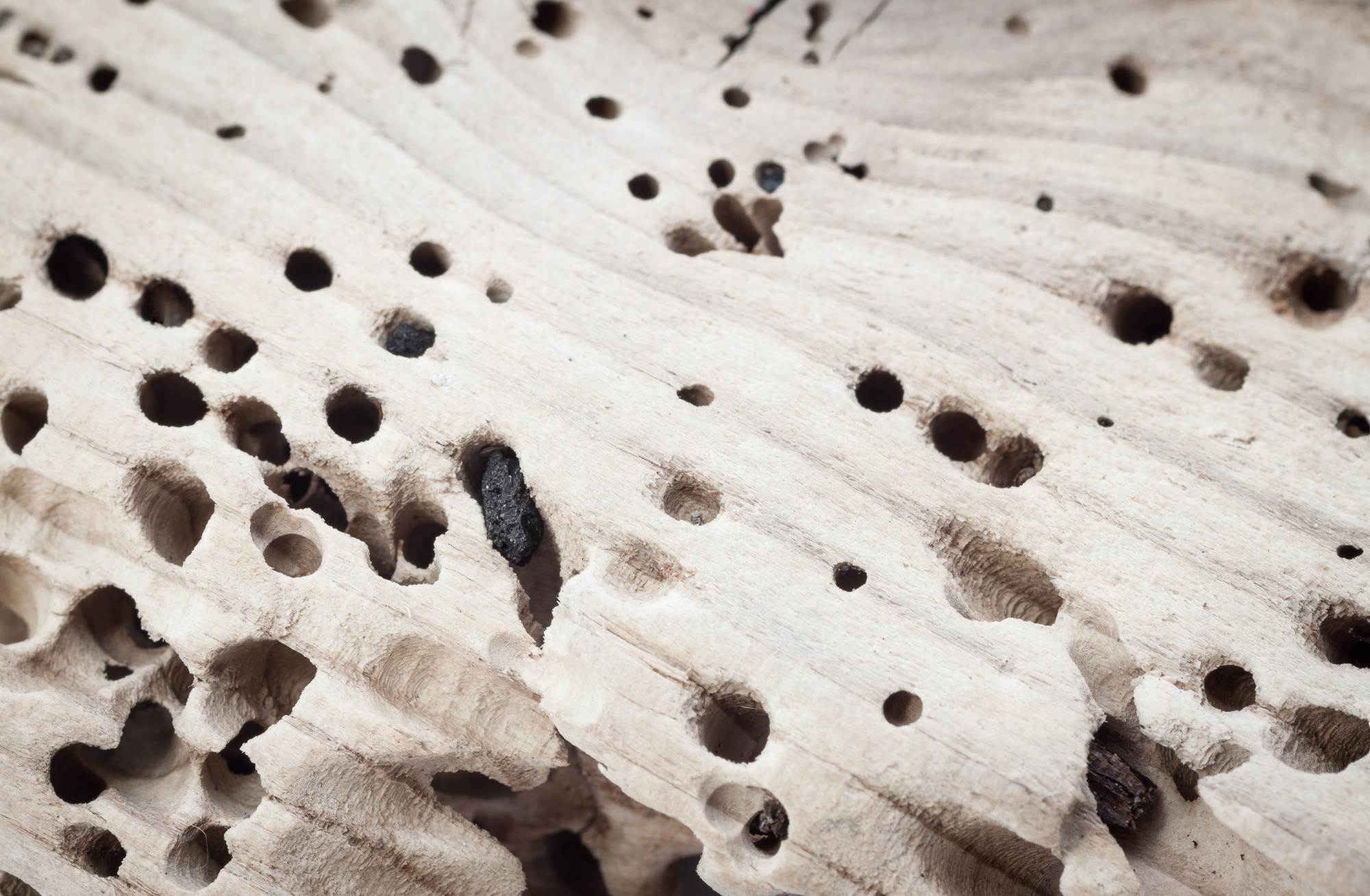Go Away Dust Bunnies! How Dust Inhalation Is Making You Sick

It’s lurking in your home. Sitting on your furniture, your bed, even your TV. Most of the time, you don’t even see it.
Dust, dust everywhere, and nearly 20 million people in the United States have an allergy to it. Allergy symptoms can range from a runny nose and sneezing to long-term conditions like asthma.
The dust in your home could be making you sick.
Want to learn more? Keep reading to learn about the risk of dust inhalation and what you can do about it.
What Is Dust?
Dust comes from both indoor and outdoor sources.
Dust enters the home when we open windows and doors. It also comes in on our shoes when we trek dirt particles into the home.
Dust also comes from indoor activity. There are organic sources such as dust mites–which are small microscopic bugs. Other sources of indoor dust include mold, pet dander, fabric fibers, small detergent particles, and chemicals from common household products.
However, it’s estimated that more than 60 percent of dust comes from outside. Sources from outdoor dust can include pollen or dirt particles.
What are the Health Effects of Dust Inhalation?
Read on to learn about the effects that dust inhalation has on our health. You can also do further reading about dust inhalation on this page.
Indoor Allergies
Some people have year-round allergies to the particles and microbes found in their own home. These allergies result in symptoms like nose congestion, sneezing, or itchiness.
When you have indoor allergy symptoms all the time, it’s called perennial allergic rhinitis.
Usually, when you have an allergy to a specific food or product, you can just avoid eating it or bringing it into your home. With allergies to dust particles, it’s nearly impossible to avoid all the contaminants in your home.
Things You Can Do To Avoid Allergy Irritants
Fortunately, there are things you can do to relieve your allergy symptoms. The first step is to find out what’s causing your allergies.
In the home, the source can be dust mites, mold, cockroaches, or pet dander.
If it’s dust mites, you can reduce the presence of dust mites starting with your bedroom, since it’s the place where you sleep and spend a large chunk of time. You can use special allergen-proof covers for your mattress, pillows, and even your fabric box springs. Wash your bed linens weekly and with hot water.
People with pet allergies can be allergic to the pet’s dead skin flakes, urine, or saliva. If you have a family pet, you can try to keep the pet out of your bedroom. If you don’t want to get rid of your beloved pet, you can ask your doctor about taking immunotherapy shots.
If you’re allergic to mold inside the home, you will have to fix any sources of leaks or dampness in the home. Wet conditions allow mold to grow.
You can also be allergic to cockroach droppings. Cockroaches are attracted to any source of water or food.
You should check for any leaky faucets and get them fixed. You should also wipe down the kitchen counters and sweep the floor. Also, have a trash with a lid to keep away any invaders.
If you still have a cockroach problem, you might want to call an exterminator.
Asthma Attacks
The Annual Asthma Survey revealed that 64 percent of people had their asthma symptoms triggered by dust inhalation.
The culprit behind most of these asthma symptoms is dust mite droppings. Many people with asthma find that their symptoms become worse when dust moves around such as when they’re moving furniture or tidying up.
If you have asthma and you’re sensitive to dust, you might also notice your symptoms worsen when you’re indoors.
Dermatitis
If you have atopic dermatitis or eczema, your symptoms may get worse from dust mites. In fact, a 2017 study in the Dermatology Times showed a connection between people with severe eczema and dust mites.
The study revealed that dust mites can penetrate broken skin and further exacerbate skin irritation.
Brain Development
According to a Natural Resources Defense Council, researchers found and identified over 45 chemicals in indoor dust.
Some chemicals, including phthalates, phenols, and flame retardants, were found in more than 90 percent of the dust.
Among the most common chemicals include:
- Flame Retardants used in baby products and furniture
- Environmental Phenols used in cleaning and personal care products
- PFCs/PFAs used in nonstick pots and pans
- Fragrances
Many of the chemicals found in indoor dust have connections with hormone disruption, reproductive issues, and cancer.
Protect Yourself from Dust Inhalation
Young children and infants are at the greatest risk of dust inhalation. This is because they play on the floor and babies put toys in their mouth that contain dust particles.
Fortunately, there are things you can do to reduce the amount of dust in your home.
Wash your linens once a week. Vacuum regularly with a vacuum that has a HEPA filter.
Clear out the clutter. The more clutter you have on your floors, the more dust builds up. It’s also harder to clean around clutter.
If you experience extreme symptoms from dust allergies or asthma, you may want to install hard flooring instead of carpet. Carpet attracts and holds onto dust.
Take stock of your cleaning products and consider switching to greener products that don’t contain toxic chemicals. When you dust and clean, start from the highest and work your way to the lowest part of your home.
You also may want to consider professional services to install proper air filters or purifiers in your home.
Final Thoughts About Maintaining a Dust-Free Home
By taking the above steps to reduce dust inhalation, you are ensuring a safer, cleaner, and healthier home for you and your family.
Now you can breathe easy.
Want to learn more life tips and advice? Check out our useful tips blog.



